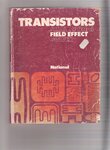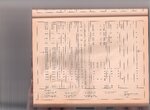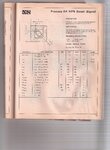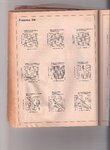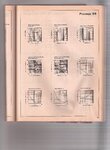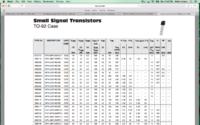maark6000
Member level 5
I'm trouble-shooting a pre-amp from a 70's Fender Rhodes electric piano. Pretty simple device... but I realized that I should poke around to see what equivalent transistors I might need. With rare exception, the designer selected 2N3392s for his go-to transistor. Amplification, buffering, tone controls... all 2N3392s. The top rail is 25 V, single sided. The CBO's and CEO's are actually a bit wimpy at 25 V for this device, but the continuous Ic current is an impressive 500 mA. Hfe is between 150 / 300 (min / max). Since this is an audio device, albeit NOT hifi by any means... what are the important parameters for me to hit in choosing a replacement? Do I find one with a similar Hfe? Do I worry about finding something with an Ic current max of around 500 mA or better? Do I worry about low noise?
So far, in staying in the TO-92 family, the transistor I do have lying around is the 2N2222. 1A Ic current and similar Hfe.
What do you think, is that a decent choice to replace the 2N3392? Below is the schematic:
So far, in staying in the TO-92 family, the transistor I do have lying around is the 2N2222. 1A Ic current and similar Hfe.
What do you think, is that a decent choice to replace the 2N3392? Below is the schematic:

